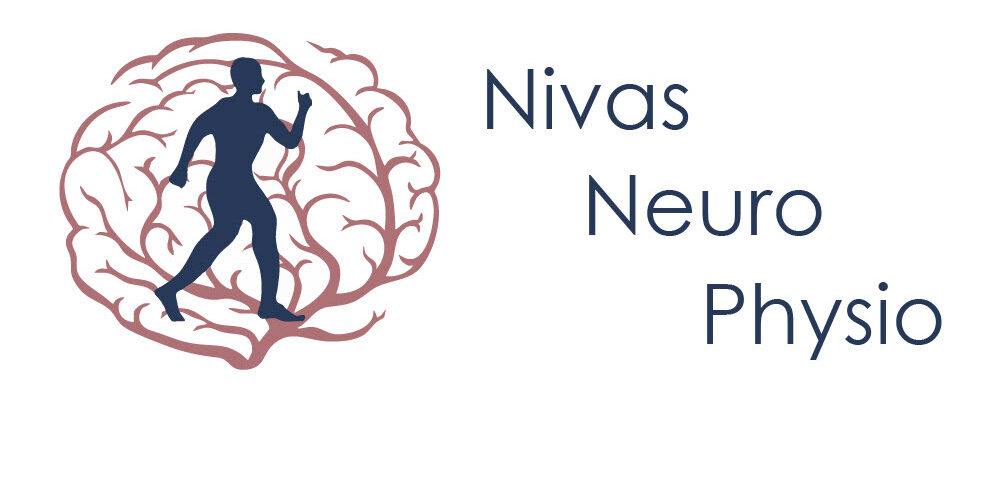Spinocerebellar Ataxia (SCA)
Physiotherapy plays a crucial role in managing Spinocerebellar Ataxia (SCA)—a progressive, hereditary neurodegenerative disorder that affects coordination, balance, and motor control. While there’s currently no cure, physiotherapy helps improve functional ability, maintain independence, and slow the progression of disability.
Goals of Physiotherapy in SCA:
Improve balance and coordination
Enhance gait and posture
Maintain or increase muscle strength
Prevent falls
Support functional independence
Educate patients and caregivers on compensatory strategies
Common Physiotherapy Interventions:
. Balance and Coordination Training
Static and dynamic balance exercises (e.g., standing on foam, tandem stance)
Use of wobble boards or balance pads
Coordination drills: finger-to-nose, heel-to-shin, stepping patterns
2. Gait Training
Walking with visual/auditory cues (metronome, floor markers)
Treadmill walking with or without body-weight support
Gait aids (canes, walkers) to improve safety
3. Strengthening Exercises
Focused on lower limb and core strength (e.g., squats, leg lifts, bridging)
Resistance bands or light weights
4. Flexibility and Stretching
Regular stretching to prevent contractures and maintain range of motion
5. Functional Training
Practicing tasks like sit-to-stand, bed mobility, transfers
Task-specific training for activities of daily living (ADLs)
6. Fall Prevention Programs
Home environment modification advice
Teaching safe falling techniques if applicable
Use of assistive devices to improve safety
7. Respiratory Physiotherapy (in advanced stages)
Breathing exercises
Postural drainage if there’s impaired coughing or secretion clearance
8. Cueing and Compensatory Strategies
External cues to aid motor planning
Visual or auditory stimuli to assist with timing and movement execution
Evidence-Based Approaches:
Intensive coordination and balance training (like the CoordiMove program)
Virtual reality and robot-assisted therapy (emerging areas)
Group therapy or community exercise programs like tai chi, which enhance balance and promote social engagement
Multidisciplinary Approach:
Physiotherapists often work with:
Occupational therapists (for hand function and adaptive equipment)
Speech therapists (for speech and swallowing issues)
Neurologists and genetic counselors
